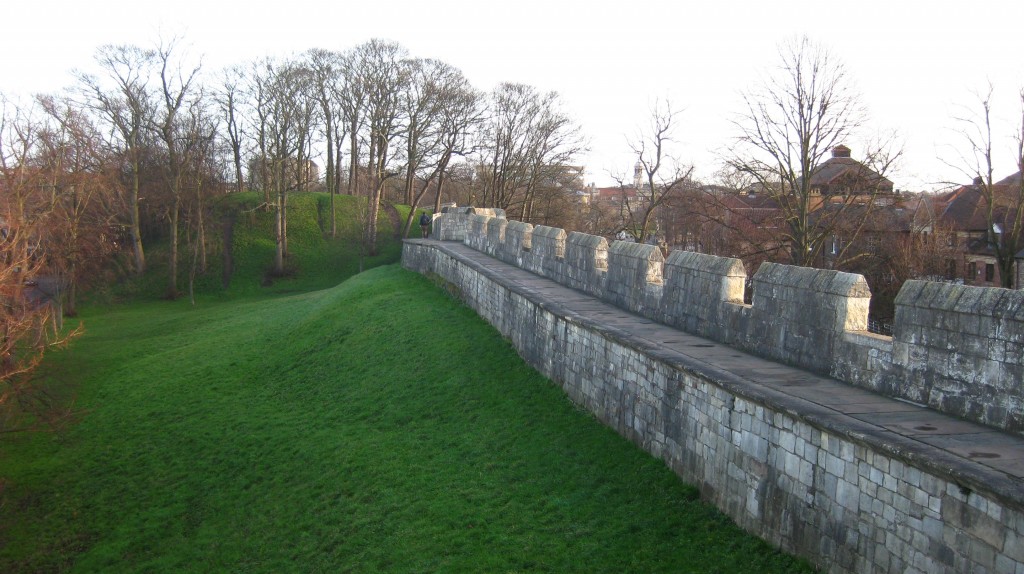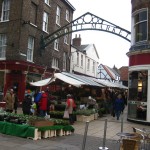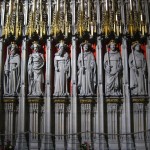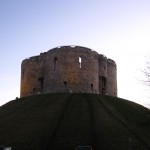York
This past Saturday, my friend Sebastian and I took a 2-hour train ride from Blackburn where we were doing clinical rotations to the beautiful medieval city of York, in northeastern England. York was founded by the Romans nearly 2000 years ago, as the capital of Rome’s northernmost imperial reaches. The city was later conquered by the Vikings, and became the Viking centerpost in Britannia. Today, York is seeped with history everywhere, and has retained much of its medieval charm… with lots of great shopping, old-style pubs, and tea shops in medieval-era buildings. Here are some of the highlights from our short little trip:
1. Street Scene
You don’t have to go to specific places to enjoy York. York itself is the attraction, and made for walking. The most famous street is The Shambles. With its crooked timber-framed buildings that date back to the 1300s, it reminds me of Diagon Alley from Harry Potter. There are lots of street performers and vendors, as well as markets.

2. York City Walls
The city walls, built by the Romans, has protected the city over the generations and are the best preserved among all cities in England. Today, you can hike on top of the walls around the entire city. It was quite long, and so Sebastian and I didn’t have the time to make it all the way around.

3. York Minster
The entire city of York is dominated by the York Minster, built in its current form in the 13th century. York Minster is one of the most important Anglican cathedrals in the world, seat of the Archibishop of York. It’s also the largest Gothic cathedral in Britain. Sebastian and I climbed up to the top of the church where we could see all of York. That evening, we attended their free Evensong service, or evening prayer, sung by the choir. It was a beautiful experience, especially with the indoor acoustics of the church.

4. Food
Yorkshire is the birthplace of the Yorkshire pudding, now found all over Britain. We asked around and found out that Hole in the Wall was the best place in town to get some traditional Yorkshire pudding. There, they make their Yorkshire puddings very large, like a bread bowl for gravy and meat. Another local favorite is Yorkshire hog roast, which we found selling everywhere in York. The hog roast is served with stuffing, gravy, and apple sauce between bread. Another York institution is Bettys Tea Room, by far the most popular tea room we had seen in York. It’s a great place to go for pastries, small sandwiches, and Yorkshire Tea, a special black tea blend developed by Bettys.

5. Pubs: In York, you can find some very traditional old English pubs, many hundreds of years old, like the 215-year old Blue Bell Pub. The 215-year old Blue Bell pub is the smallest pub I’ve ever seen, almost the size of a walk-in closet, but it has character, and the people who go there are mainly local. I’m not much of a beer drinker (nor tea, coffee, wine, or liquor for that matter), and so I was very thankful that I went on this trip with Sebastian who is a connoisseur. He showed me the many different subtleties of different brews we tried.

6. National Railway Museum: I never knew how interested I was in trains before I came to this museum. Built at the site of the original train station, it is the largest museum of its kind in the world, with a lot of real trains from the bygone era to today. It is also now home to Hogwarts Express, used for the Harry Potter films. The admission to the museum is free.

7. Jorvik: Over a thousand years ago, York was a bustling Viking metropolis called Jorvik, and today, its viking heritage is still evident in the street names. In 1976, archaeologists uncovered the well-preserved remains of Jorvik, just underneath the heart of modern York. A vast number of artifacts were excavated, teaching us more about the life of Viking Britain. After the excavation finished several years later, the Jorvik Viking Center was built directly over the excavation site, complete with a museum displaying the excavated findings, and a ride that takes you through the excavation site, now recreated with replicas of Viking houses and streets at the exact positions as they would be a thousand years ago. Real artifacts are used as props in the displays. Although the ride at the Jorvik Viking Center feels like a Disneyland ride, the difference and unique part is that it takes you through the actual site.














































